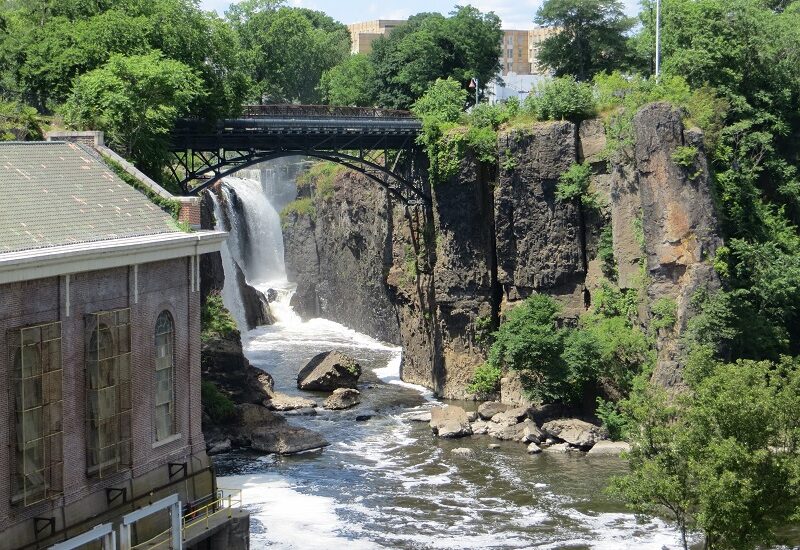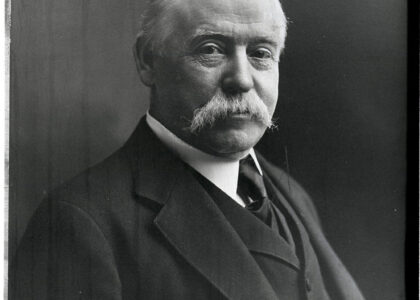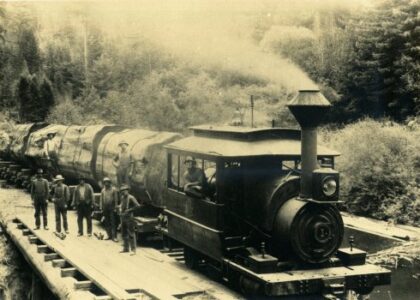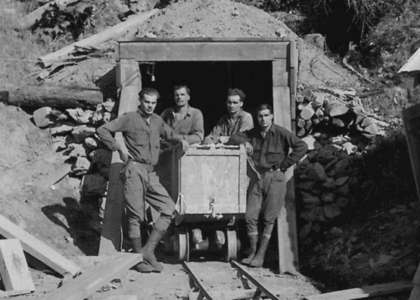Welcome to Great Falls: Founding & Industry, a location steeped in history and brimming with stories of innovation and transformation. Our journey through time begins in the early 19th century, when the vast potential of the Missouri River was first harnessed by entrepreneurial visionaries. As you make your way through this storied landscape, imagine the bustling sounds of industry that once echoed here.
Great Falls owes its founding to Paris Gibson, a visionary entrepreneur and town planner who recognized the immense potential of the Missouri River for hydroelectric power. In 1883, Gibson, along with the Great Northern Railway magnate James J. Hill, established the town with a clear vision of transforming it into an industrial hub. They were drawn by the river’s mighty waterfalls, which promised an inexhaustible source of energy.
The town quickly grew as the river’s power was harnessed to drive industries that included flour mills, smelters, and other manufacturing ventures. By the late 19th and early 20th centuries, Great Falls had become a critical center of commerce and industry in Montana, attracting workers and their families from across the country. It was a place where dreams of prosperity and progress were forged in the fires of innovation.
The construction of the Black Eagle Dam in 1891 marked a pivotal moment in the town’s history. It was the first hydroelectric dam on the Missouri River and a testament to human ingenuity and engineering prowess. The dam enabled the generation of electricity on a scale previously unimaginable, fueling the growth of industries that would put Great Falls on the map as a powerhouse of the Industrial Revolution in the American West.
Notable figures such as Charles M. Russell, the renowned Western artist, lived and worked in Great Falls, capturing the spirit of the frontier and the transformation of the West in his art. His presence added a cultural layer to the industrial landscape, bridging the world of commerce with the realm of creativity.
As the 20th century progressed, the Great Depression brought challenges to Great Falls, as it did to much of the nation. However, the resilience of its people and the foundational industries helped the town endure and eventually thrive again.
Today, Great Falls stands as a testament to the power of vision and industry. While the towering smokestacks and roaring factories may have quieted, the legacy of innovation and determination remains. The town is a vibrant community that honors its past while looking toward a sustainable future.
As you explore Great Falls, imagine the generations of workers whose hands built this city, and let their stories inspire you. Whether you’re walking along the riverbanks or driving through the city streets, remember that Great Falls is more than a place—it’s a living narrative of human endeavor.






